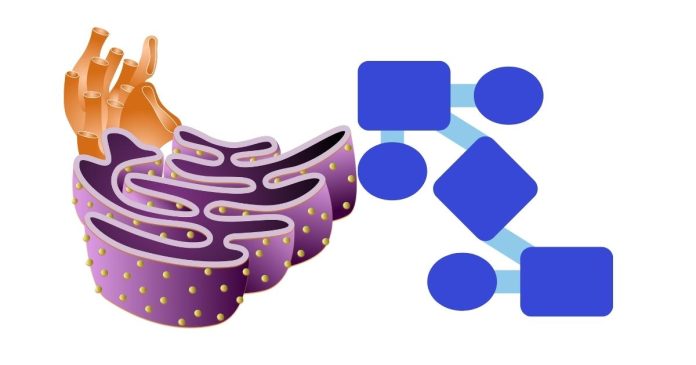In an ER (Entity-Relationship) diagram, a weak entity set is an entity that cannot be uniquely identified by its own attributes alone. It relies on a “strong” or “owner” entity set, in conjunction with its own partial key, to create a unique identifier.
Characteristics of Weak Entity Sets:
- Dependent on a Strong Entity: A weak entity set does not have a primary key. It depends on a strong or regular entity set for its identification.
- Partial Key: A weak entity set has a partial key, which is not sufficient on its own to uniquely identify its instances. This key is usually combined with the key of the strong entity.
- Identifying Relationship: A weak entity set is typically linked to a strong entity set through an identifying relationship, which shows how the weak entity depends on the strong entity for its identification.
- Double Rectangle: In an ER diagram, a weak entity set is represented by a double rectangle, unlike regular entity sets, which are represented by a single rectangle.
- Double Diamond: The identifying relationship is shown as a double diamond to distinguish it from a regular relationship.
Example:
Imagine a “Book” (strong entity) and a “Chapter” (weak entity). A chapter cannot exist independently without a book, so the “Chapter” entity depends on the “Book” entity for identification. The chapter has a partial key, like ChapterNumber, but it cannot be uniquely identified without also knowing the book it belongs to.
ER Diagram Representation:
- Book would be a regular entity set with a single rectangle.
- Chapter would be a weak entity set with a double rectangle.
- The relationship between “Book” and “Chapter” would be an identifying relationship, shown as a double diamond.


